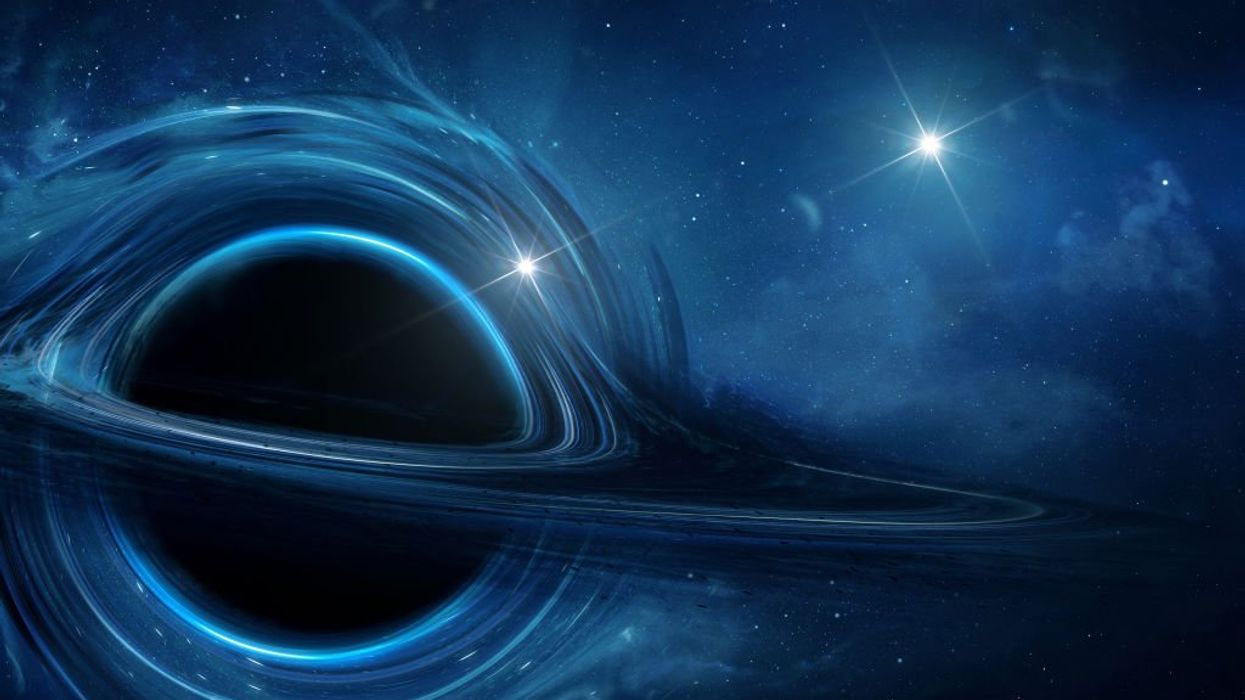
(Illustration by Tobias Roetsch/Future Publishing via Getty Images)

The Debrief recently reported that scientists from the European Space Agency's Gaia mission have located a black hole with a mass of 33 solar masses, which makes it the largest black hole of stellar origin ever discovered in the Milky Way galaxy.
The discovery, which was found after Gaia's fourth data release, could shed new light on the formation and prevalence of black holes throughout the known universe.
The black hole, which has been named Gaia BH3, is part of a binary system located around 590 parsecs from Earth. The discovery is significant because of the black hole's mass and because it challenges current models of stellar evolution and the formation of black holes, according to the report.
Black holes are mysterious regions in space where the gravitational pull is so strong that not even light can escape it. While they are not visible to the naked eye, they are usually identified by the high-energy radiation emitted when they interact with other stars or gas clouds.
However, the Debrief noted that Gaia BH3 does not interact with its companion star, which makes it a "dormant" black hole. It is only detectable through the gravitational influence it has on its companion.
Pasquale Panuzzo, a Gaia collaboration member, said: “No one was expecting to find a high-mass black hole lurking nearby, undetected so far."
- YouTube youtu.be
“This is the kind of discovery you make once in your research life.”
The Gaia satellite is specifically designed to map the positions of billions of stars with unmatched accuracy. The detection of the latest black hole was made by observing the tiny wobbles in the companion star's motion, caused the black hole's gravitational pull.
On the Gaia website, it states its mission as the following:
Gaia is creating an extraordinarily precise three-dimensional map of more than a thousand million stars throughout our Milky Way galaxy and beyond, mapping their motions, luminosity, temperature and composition. This huge stellar census will provide the data needed to tackle an enormous range of important questions related to the origin, structure and evolutionary history of our galaxy.
Elisabetta Caffau, a members of the Gaia collaboration, said in a statement: “What strikes me is that the chemical composition of the companion is similar to what we find in old metal-poor stars in the galaxy."
“There is no evidence that this star was contaminated by the material flung out by the supernova explosion of the massive star that became BH3.”
- YouTube www.youtube.com
Like Blaze News? Bypass the censors, sign up for our newsletters, and get stories like this direct to your inbox. Sign up here!